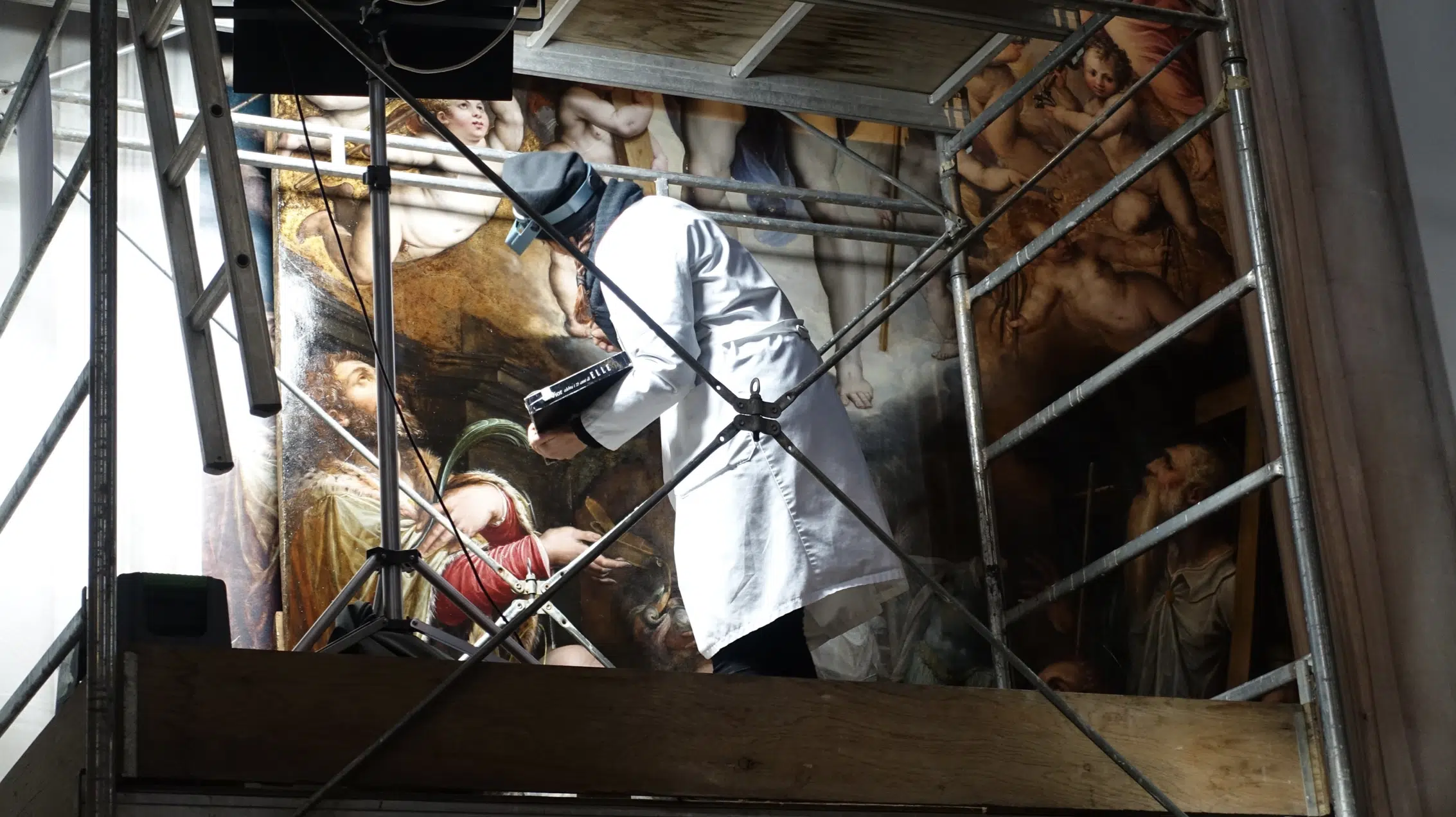Art conservation is the practice of preserving and restoring cultural artifacts, artworks, and historical monuments. The aim of art conservation is to ensure the longevity and stability of these objects while maintaining their original artistic and historical value. In this article, we will explore the field of art conservation in more detail.
Why is art conservation important?
Art conservation is important because it helps to preserve our cultural heritage for future generations. Cultural objects such as paintings, sculptures, textiles, and monuments are often irreplaceable and represent our shared cultural history. Art conservation helps to protect these objects from damage, decay, or loss, ensuring that they can continue to be appreciated and studied by future generations.
What are the main areas of art conservation?
Art conservation encompasses a wide range of objects and materials, including paintings, sculptures, textiles, ceramics, glass, and architecture. Within these fields, there are various specializations, such as paintings conservation, objects conservation, and architectural conservation.
Paintings conservation involves the preservation and restoration of paintings, drawings, and prints. This can include the removal of dirt and varnish, repairing tears and punctures, and stabilizing the painting’s support.
Objects conservation involves the preservation and restoration of three-dimensional objects, such as sculptures, furniture, and decorative arts. This can include the cleaning and stabilization of objects, repairing cracks or breaks, and the replacement of missing parts.
Architectural conservation involves the preservation and restoration of buildings and monuments, including historic buildings, bridges, and landmarks. This can include the cleaning and stabilization of building materials, the repair of damage caused by weathering and human activity, and the restoration of missing elements.
What are the methods used in art conservation?
Conservation and restoration involves the use of a variety of scientific and technical methods to assess, analyze, and treat cultural objects. These methods can include:
- Visual examination and documentation: Art conservators carefully examine objects to identify damage, deterioration, or alteration. They may use specialized photography techniques to document the object’s condition.
- Scientific analysis: Art conservators use a variety of scientific techniques, including X-ray fluorescence, spectroscopy, and microscopy, to analyze the materials and techniques used in an artwork. This information can help conservators to develop treatment plans and select appropriate materials for conservation.
- Treatment: Treatment methods can include cleaning, stabilization, repair, and replacement of damaged or missing parts. Conservators carefully select materials and techniques that will not harm the original artwork or alter its appearance.
- Preventive conservation: Preventive conservation involves the use of environmental controls, such as temperature and humidity monitoring, to prevent damage or deterioration of cultural objects. Conservators may also develop plans for handling, display, and storage of objects to prevent damage.
How do you become an art conservator?
Becoming an art conservator requires a combination of education and practical experience. Most art conservators hold advanced degrees in a field such as art history, chemistry, or material science. They also typically have practical experience in a conservation lab, either through internships, apprenticeships, or work experience.
What are the challenges facing art conservation?
Art conservation faces many challenges, including the need for ongoing research and innovation in conservation techniques and materials. In addition, cultural objects are often subject to changing environmental conditions, such as temperature and humidity, which can cause damage or deterioration. Finally, the demand for art conservation services often exceeds the available resources, particularly for public collections and institutions.
What are the ethical considerations in art conservation?
Art conservation involves ethical considerations, particularly when it comes to deciding what interventions are appropriate for a particular object. Conservators must balance the need to preserve an object with the desire to maintain its authenticity and integrity. In some cases, the original materials or techniques used in an artwork may be irreversibly damaged or lost, and conservation may involve recreating



